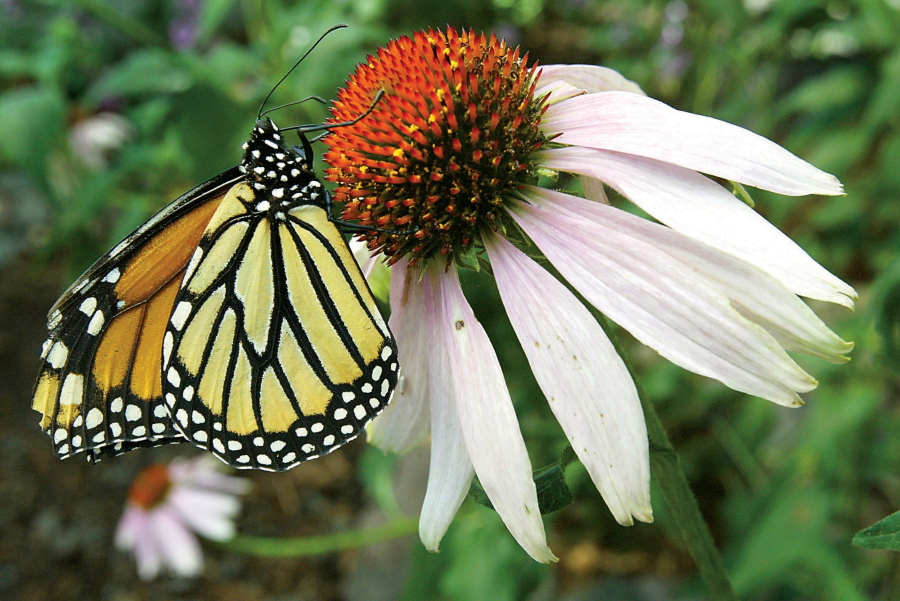MEDFORD, Ore. — Western monarch butterflies migrating between the Southern Oregon Coast and the South Cascades will soon get fresh patches of strategically placed milkweed and other nectar-bearing plants to create needed habitat on this leg of their storied journey through here.
A group of public and private entities, led by the Ashland-based Lomakatsi Restoration Project, have landed a $193,000 foundation grant to restore and enhance 300 acres of western monarch habitat stretched across six sites along key migration paths through Southern Oregon.
Monarchs that winter along the California coast migrate along this route and the projects are strategically placed like stepping stones along that pathway.
“This is the epicenter of the migratory route,” said botanist Clint Emerson from the Rogue River-Siskiyou National Forest, which is one of the participants in this habitat collaborative.
The plants will be grown at the federal government’s J. Herbert Stone Nursery in Central Point and will be planted along with milkweed seeds on public and private lands, including several plots already cleared and prepped for other restoration projects, Lomaktsi Executive Director Marko Bey said.
The plants include three locally native species of milkweed and 26 other plants.
While all the plants help butterflies, bees and other pollinators, the milkweed is tied closely to western monarchs’ life cycles.
Adult females lay their eggs in milkweed, and the ensuing caterpillars dine solely on milkweed before forming a chrysalis, from which they emerge as the butterfly.
Monarchs produce four generations annually, each one making a portion of the migration between Washington and Idaho through Oregon and down to California and even Mexico.
In recent years, private groups like the Southern Oregon Monarch Advocates have cultivated small milkweed patches for butterflies called way stations, “but this is a large-scale restoration effort,” said Robert Coffan of SOMA, which joins Lomakatsi, the forest and four other public and private entities in this project.



